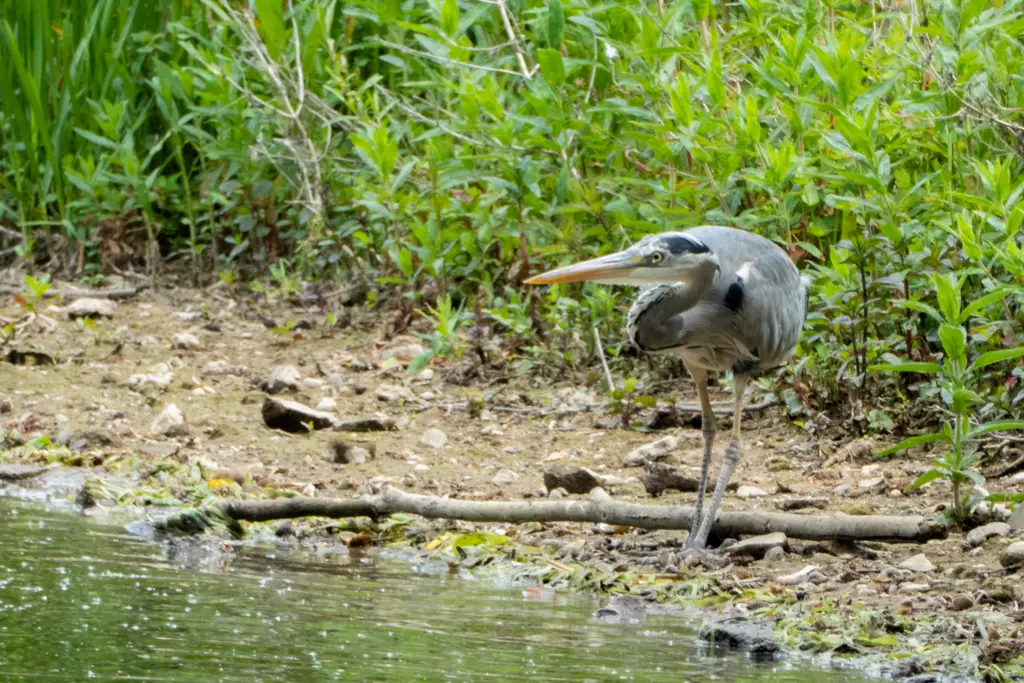Did you know that there are 32 nature reserves in Norfolk? From sweeping coastal sites of interest to a lonely hawthorn tree, Norfolk is home to plenty of natural wonders, all of which will astound and delight visitors.
It has never been more important to re-establish a burgeoning natural world and seeing the miracles of nature firsthand is one of the best ways to instil interest from an early age.
No matter whether you’re a family looking to fill the school holidays, a wildlife photographer or a holidaymaker looking to get back to your earthy roots, one of the Norfolk nature reserves on this list is sure to pique your interest!
Read more: (opens in new tab)
- Best Places to Go in Norfolk, England
- Top Walks in Norfolk, England
- Amazing Seaside Towns in Norfolk, England
Norfolk Nature Reserves Map
This post contains affiliate links. If you use them, I will receive a small commission at no extra cost to you.
11 Incredible Nature Reserves in Norfolk
1. Titchwell Marsh
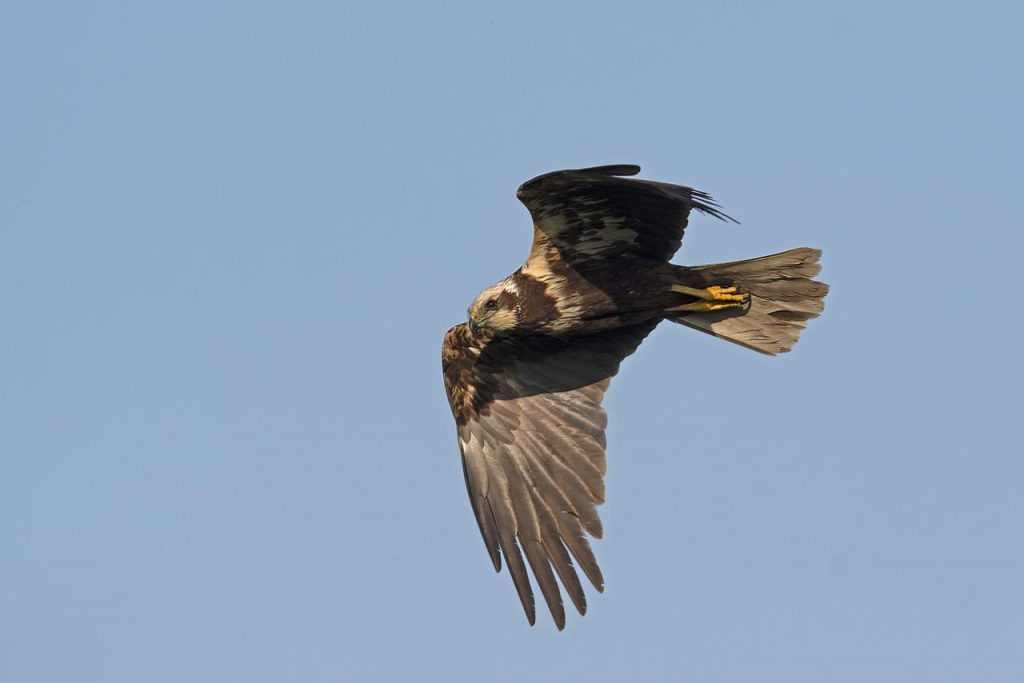
This RSBP-run nature reserve is located along the Norfolk coast, between Thornham and Titchwell. It is home to a variety of rare and beautiful birds, with the Marsh Harrier and Bittern likely to steal the show.
90,000 visitors a year make their way to Titchwell Marsh to see the abundance of birdlife which frequents the area. There are four different sections of the marsh and each of them attracts different kinds of birds. These are Titchwell Woodlands, Titchwell Marshes, Titchwell Lagoons,
and Titchwell Beach.
In recent years, Titchwell Marsh has faced numerous challenges due to the warming climate. As such, Titchwell Coastal Change Project was set up to try and limit the damage to the reserve. Sea defences have been realigned to offer additional storm protection and the sea defences around the western and eastern parts of the reserve have been reinforced. This important work has bought the nature reserve an additional fifty years in terms of protection.
Recommended place to stay: Briarfields Hotel
2. Winterton Dunes

Considering the size of Winterton-on-sea, you may be surprised to hear that it is one of the best places to spot wildlife in the whole of Norfolk. Spanning 109 hectares, Winterton dunes have been awarded protected status through their christening as a nature reserve.
Most famously known for the grey seal colony that frequents the coast year-round and uses the dunes between Winterton and Horsey to give birth during winter, there is also a range of other wildlife that calls this area home.
Related: Visiting the seals at Horsey, Norfolk.
Little terns are ground-nesting birds which settle on the beach to breed. These rare seabirds love the beaches of Norfolk and it is estimated that as many as 30% of the nation’s birds return to this area to breed.
If you’re visiting Winterton, always heed the instructions of any volunteers. They work tirelessly to protect the animals and birdlife which inhabit the dunes. You should always keep your dogs on a lead and use the designated viewpoints.
Recommended place to stay: Moonfleet House
3. Hethel Old Thorn
The smallest nature reserve in Norfolk is actually the smallest in the whole of Britain. Hethel Old Thorn consists of just one ancient hawthorn tree. Located in the southwest of Norfolk and nestled alongside All Saints Church (a.k.a. Hethel Church), this time-honoured tree is estimated to date back as far as the thirteenth century.
To the untrained eye, this hawthorn looks more like a rather scruffy bush. However, this age-old tree continues to flourish. Interestingly, hawthorns do not actually continue to get bigger as they age. In fact, Hethel Old Thorn has shrunk over time and its trunk is now twisted and split.
Solitary hawthorn trees were once believed to have been trees with links to faerie worlds. Legend has it that sitting under a lone hawthorn could see you whisked away to the faerie underworld. If you decide to visit Hethel Old Thorn, don’t linger too long!
Recommended place to stay: The Bird in Hand
4. Hickling Broad and Marshes
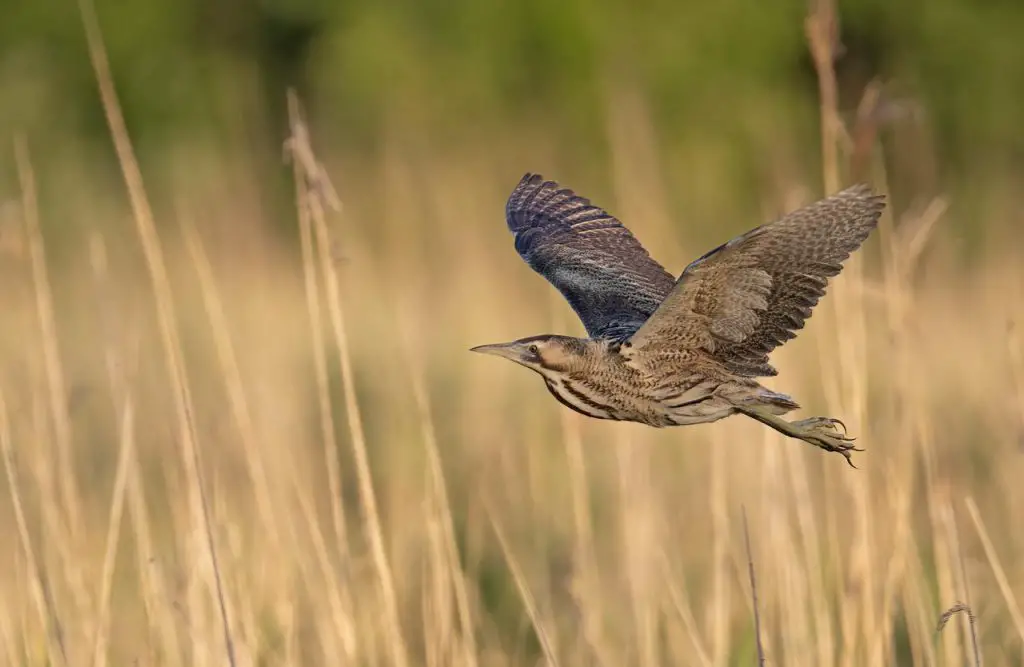
The largest part of the Broads National Park, Hickling Broad is an important wildlife sanctuary. Managed by the Norfolk Wildlife Trust, it is home to the largest reed bed in the whole of England and hosts a wide variety of flora and fauna.
It is perhaps most famous for the rare Bitterns that frequent the site. In 1911, the first-ever photo of this bird was taken by ornithologist Emma Turner. Not only was it hugely exciting as it was the first of its kind but it also revealed that the bird had returned to Britain after a large decline in numbers during the 1800s.
There are some wonderful walks around Hickling Broad and the Weavers’ Way hike also winds through a section of the nature reserve, showcasing areas of marsh, fen and waterways. Don’t miss the opportunity to hop on one of the boat trips here as this will take you to areas you cannot reach on foot.
Recommended place to stay: Dairy Barns
5. Foxley Wood
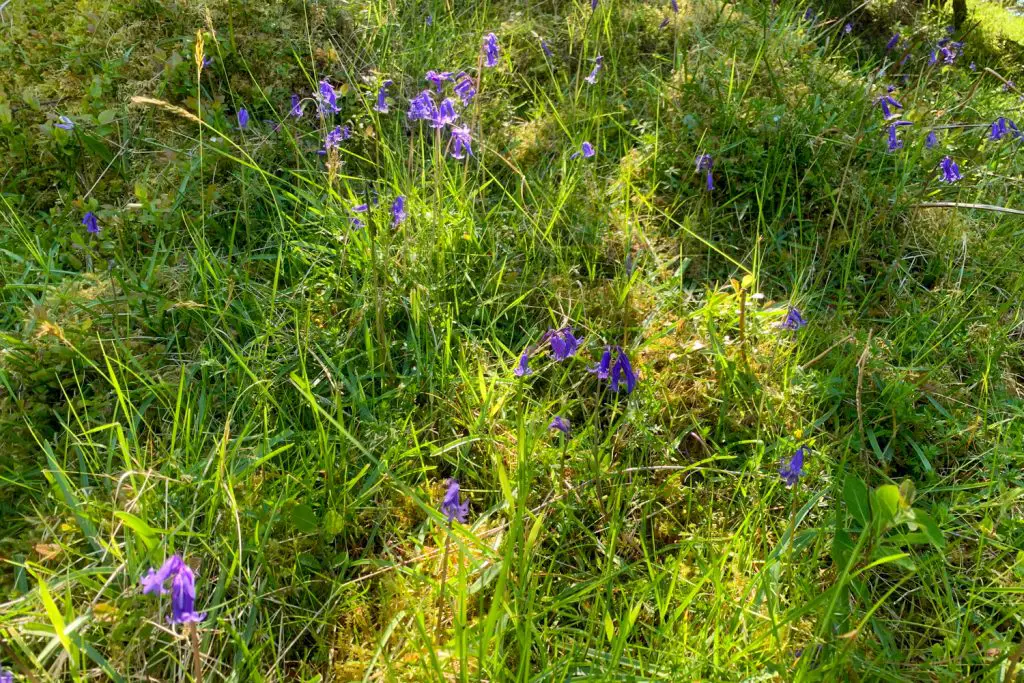
As Katelyn S. Bolds once wisely said, “there is always an adventure waiting in the woods”. Foxley Wood is not only one of Norfolk’s best nature reserves but it is also the largest ancient woodland in the entire county.
Situated close to Fakenham, the woods are a haven for wildlife and particularly butterflies, where the White Admiral is in residence. It is possible to see a number of different birds in the area too, including the tree creeper, chiffchaff and even owls if you are lucky.
The area is best known locally for its abundance of vibrant bluebells which carpet the woodland floor from late April to early May. It is a great spot for those who love flora and there have been over 350 flowering plant species recorded in the area.
Recommended place to stay: Sculthorpe Mill
6. Cley and Salthouse Marshes
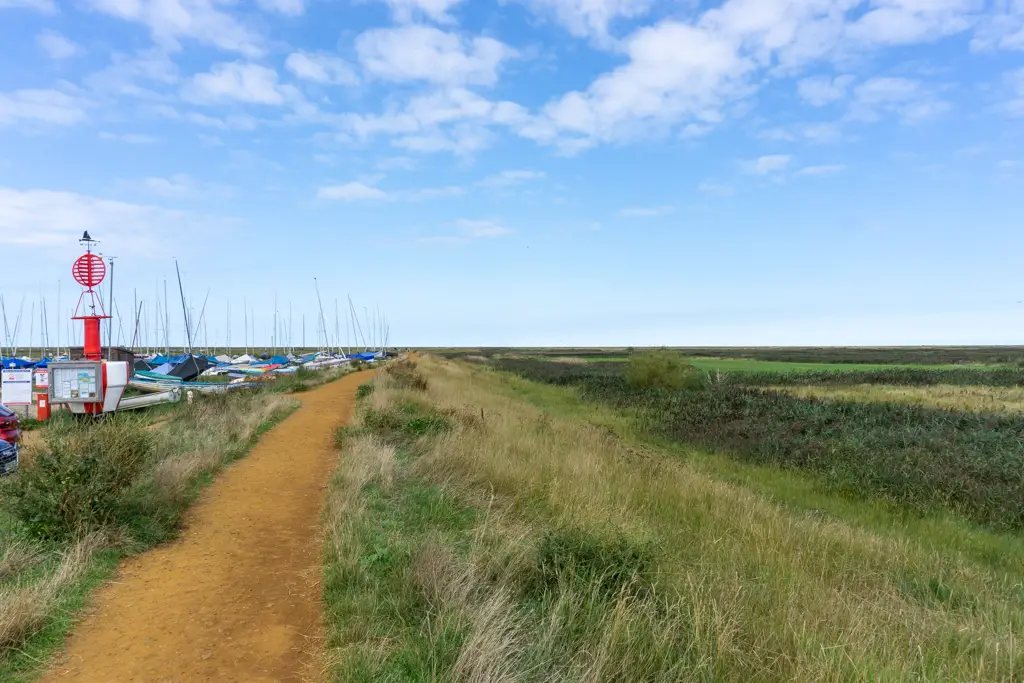
Spanning 176 hectares, Cley and Salthouse Marshes are one of the most important nature reserves in Norfolk. The area is heavily protected and has been designated as a Site of Special Scientific Interest and also crowned as part of the Area of Outstanding Natural Beauty along the Norfolk Coast.
The marshes attract visitors from all over, with them being dubbed ‘a Mecca for birdwatchers’. You don’t have to be a twitcher to enjoy a visit to Cley and Salthouse Marshes though. There are some beautiful walks in the area, as well as unique plants and invertebrates.
The award-winning visitor centre features touring exhibitions, making this an educational stop for those with children. There are five bird hides scattered across the nature reserve – remember to be very quiet when looking for wildlife!
Recommended place to stay: Bramble Lodge
7. Strumpshaw Fen
Perched on the River Yare just outside Norwich, Strumpshaw Fen is another nature reserve run by the RSPB. The area is made up of woodlands, meadows and reedbeds, each playing a vital role in preserving the native wildlife and plants.
Several interesting birds call this nature reserve home, including barn owls, common kingfishers and the Eurasian bittern. There are also animals there. Most commonly spotted are water voles and water deers, however, if you get really lucky, you could even see an otter!
There are three nature walks which go through the reserve, all easy to navigate. If you’re visiting this site, don’t forget to bring a picnic to enjoy on one of the many scenic walking routes.
Recommended place to stay: The Harnser
8. Blakeney
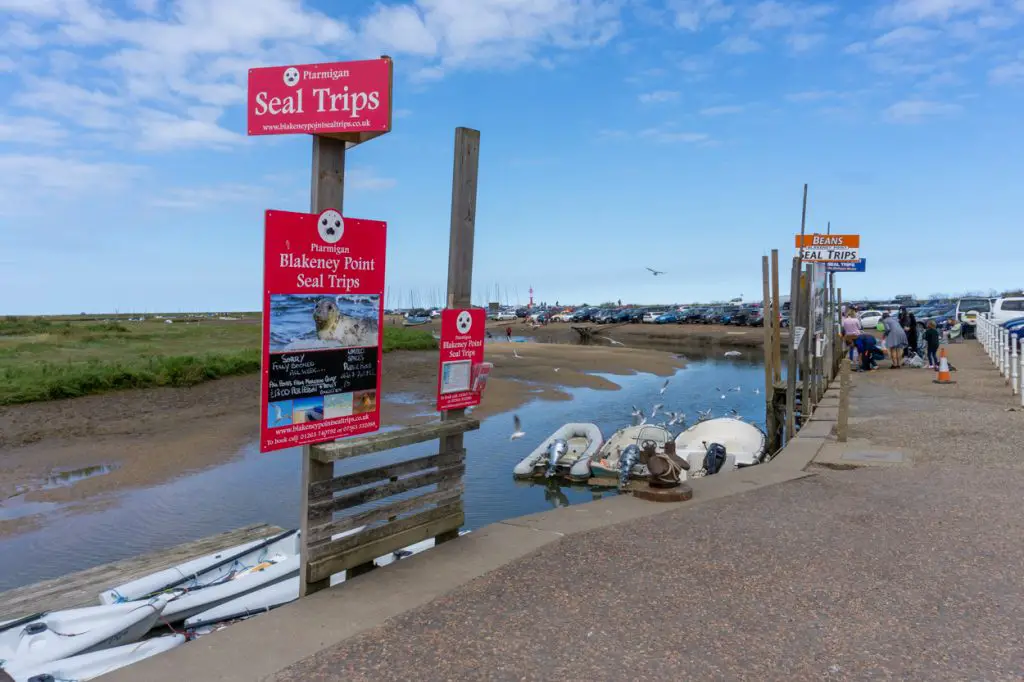
Blakeney National Nature Reserve is owned by the National Trust. It is a hugely popular tourist attraction in Norfolk and every year, visitors flock to the site to see the Common and Grey seals that congregate there. Boat trips to see the seals leave from Morston Quay.
You don’t have to jump in a boat to see wildlife though. It is everywhere around these parts! Blakeney National Nature Reserve is a popular spot with migrating birds and also some ground-nesting species. As a result, dogs must be kept on a lead from April to mid-August so as not to disturb the wildlife.
The long-distance Norfolk Coast Path also runs from Blakeney to Cley. The section beginning in Wells-next-the-sea to Blakeney is one of the most scenic sections of the entire trail. For more information about the local attractions and the work of the National Trust, ask at the visitor centre, located at Morston Quay.
Recommended place to stay: The White Horse Blakeney
9. Dersingham Bog
It is probably no surprise that the royal estate of Sandringham is home to one of the nature reserves on this list. After all, the estate spans a whopping 8,000 hectares! A small corner of this is home to Dersingham Bog, a wild and untamed spot in amongst an area known for manicured agricultural land.
A combination of woodland, mire and heath has led to a diverse mix of terrains and the acid peat of the mire is the perfect environment for a number of rare plants including round-leaved sundew and bog asphodel.
The bog sits on a huge rock formation known as the ‘Dersignham Formation’. Estimates date this as far back as the Lower Cretaceous Period and it has revealed a lot about the physical structure of the area to geologists. July and August are often touted as the best time to visit.
Recommended place to stay: The Coach and Horses
10. Holkham Nature Reserve
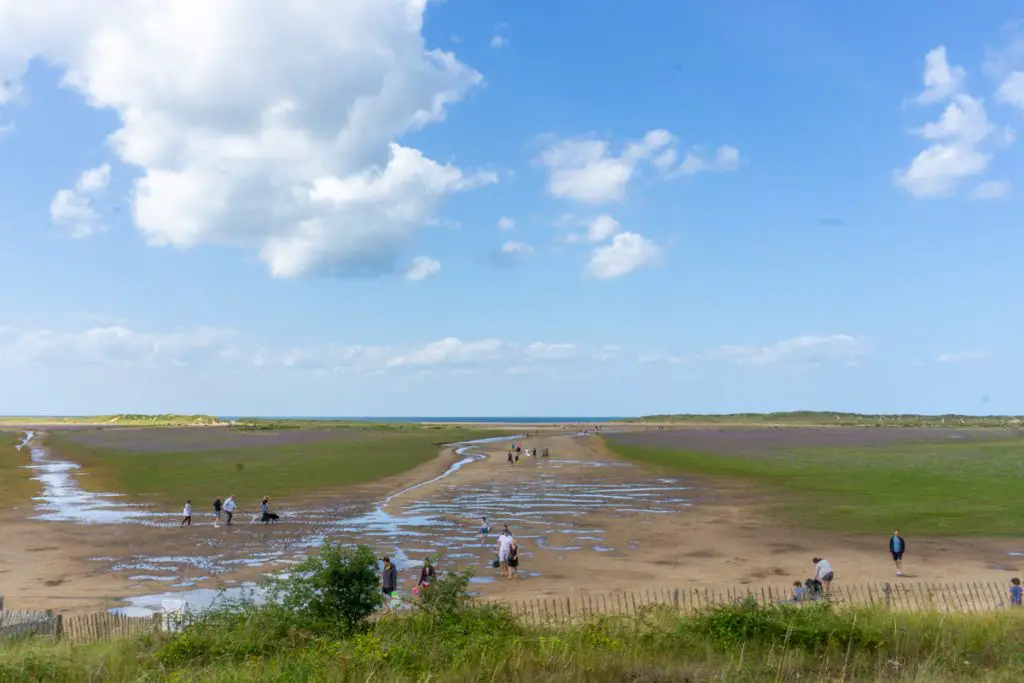
Privately owned by Holkham Estate, this nature reserve is a must-visit for those heading to Norfolk. The estate is well known for being a popular filming spot and Blockbuster classics including Shakespeare in Love and The Duchess were in part, filmed here.
As well as boasting one of the best beaches in the county, there is also beautiful pine woodland, grazing marsh and salt marsh within Holkham Nature Reserve. Spanning nearly 4,000 hectares, Holkham Nature Reserve is England’s largest and attracts many migrating birds during the autumn months.
The area is of huge international significance to several rare bird species including pink-footed geese, Brent geese and the Eurasian wigeon. 39% of Holkham’s visitors cited birdwatching as the primary reason for their trip, however, the scenic walks in the area mean that a visit to Holkham will be an enjoyable day for all, regardless of their interests.
Recommended place to stay: Victoria Inn
11. Pensthorpe Nature Reserve
Pensthorpe Nature Reserve is arguably one of the best attractions in the whole of Norfolk, especially for families. Located close to Fakenham, the purpose of Pensthorpe Nature Reserve and Waterfowl Park is to educate about habitat conservation and preserve farmland and wetland bird species. This is achieved by captive breeding programmes and reintegration schemes.
The reserve has worked on a number of projects which have been hugely beneficial to the local area. These include ‘Operation Turtledove’ which was created to reverse the decline in numbers of this bird and the ‘Red Squirrel Conservation Project’ which saw hundreds of red squirrels bred and released back into their natural habitat.
Pensthorpe is a hub of activity and they are always hosting events and educational activities. There are some idyllic walking trails through the grounds, as well as wildflower meadows and wetlands.
Recommended place to stay: Wensum Lodge Hotel
How many of these nature reserves in Norfolk have you visited?

